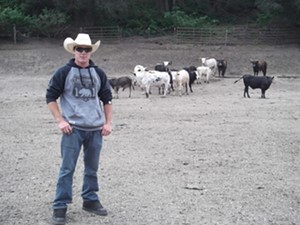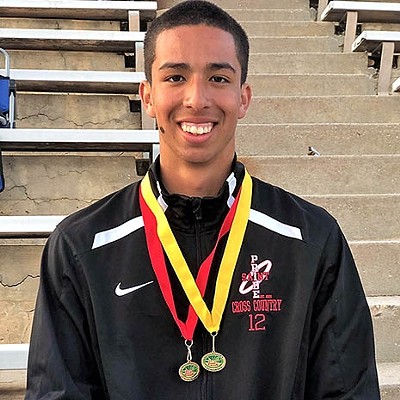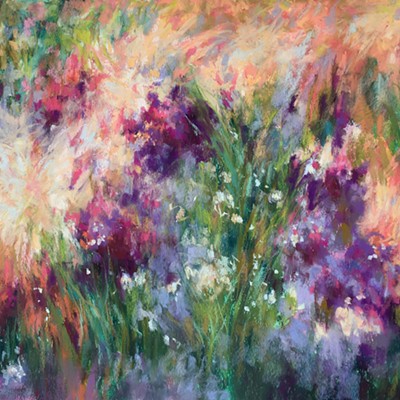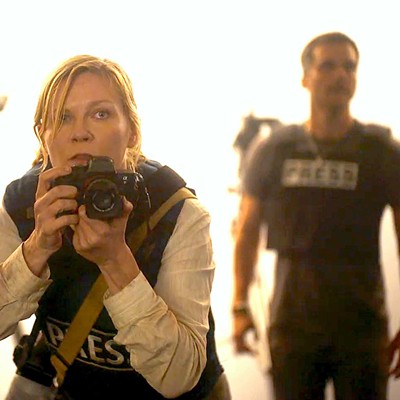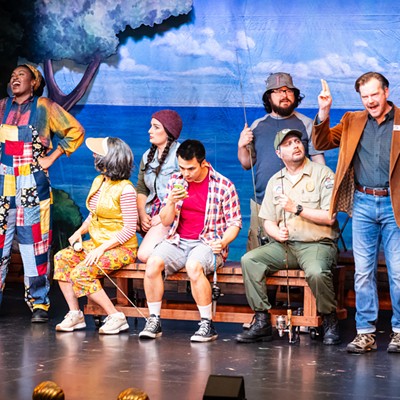The tall oak trees blocked the sky above me as my black Ford Focus cruised along the bumpy dirt road in the remote hills of Nipomo. For a while, all I could think about was how dirty my car was going to be at the end of this. Thus far, this has been my most exciting Athlete of the Week adventure yet.
I drove all that way to meet Daniel White, a bull rider out of Nipomo. An Ernest Righetti High School graduate, White wears a white cowboy hat as he steps out of the feed truck. Last weekend marked a milestone for the rider, who made his hundredth bull ride.
“Gary said it takes about 100 bull rides before you start to feel comfortable,” White said.
White has been riding bulls for nearly a year, and makes the trek to the ranch every other day to train with champion bull rider Gary Lewffew.
“He’s taught me that sitting up, keeping your back straight, and setting your hips are all very important,” White shared.
When Lewffew isn’t working with younger riders at the ranch, he travels around the world to host “bull riding schools.”
White became involved after a friend invited him out to the ranch to see what it was like.
“I hopped on a practice bull and immediately fell in love with it,” he said. “I love the excitement I get every time I hop on a bull.”
The young rider said he enjoys traveling around to the competitions as much as he can. For now, he has ridden mainly around California, but hopes to start hitting some of the bigger competitions this year. White’s ultimate goal is to make it to the National Finals Rodeo in Las Vegas. He will accomplish one of his smaller goals this summer.
“This year I get to ride in the Santa Maria [Elks] Rodeo,” White said. “Ever since I was a kid, that has been one of my goals.”
To prepare for his battles with the bulls, White said he trains using stationary and drop barrels to practice different movements and technique.
“You have to keep your toes pointed and sit up on the rope,” he said. “You have to know which arm movement to use based on how the bull decides to turn.”
White’s other parts of training include upper- and lower-body workouts and watching films of himself and other riders to learn and improve technique.
Bull riding is not known for being a safe sport; riders everywhere have suffered many gruesome injuries. Competition bulls, White said, can weigh 2,500 pounds or more. All of the bulls used are very fast, but White said they all behave, buck, and move differently.
“They’re big animals so it can be scary when [they] comes after you,” he said.
So far, White said he has not been injured too badly—at least not badly enough to make him stop bull riding.
“I’ve been tossed around, been kicked in the leg, and landed on my head,” White said. “But I get back up, catch my breath, and hop back on the bull.”


